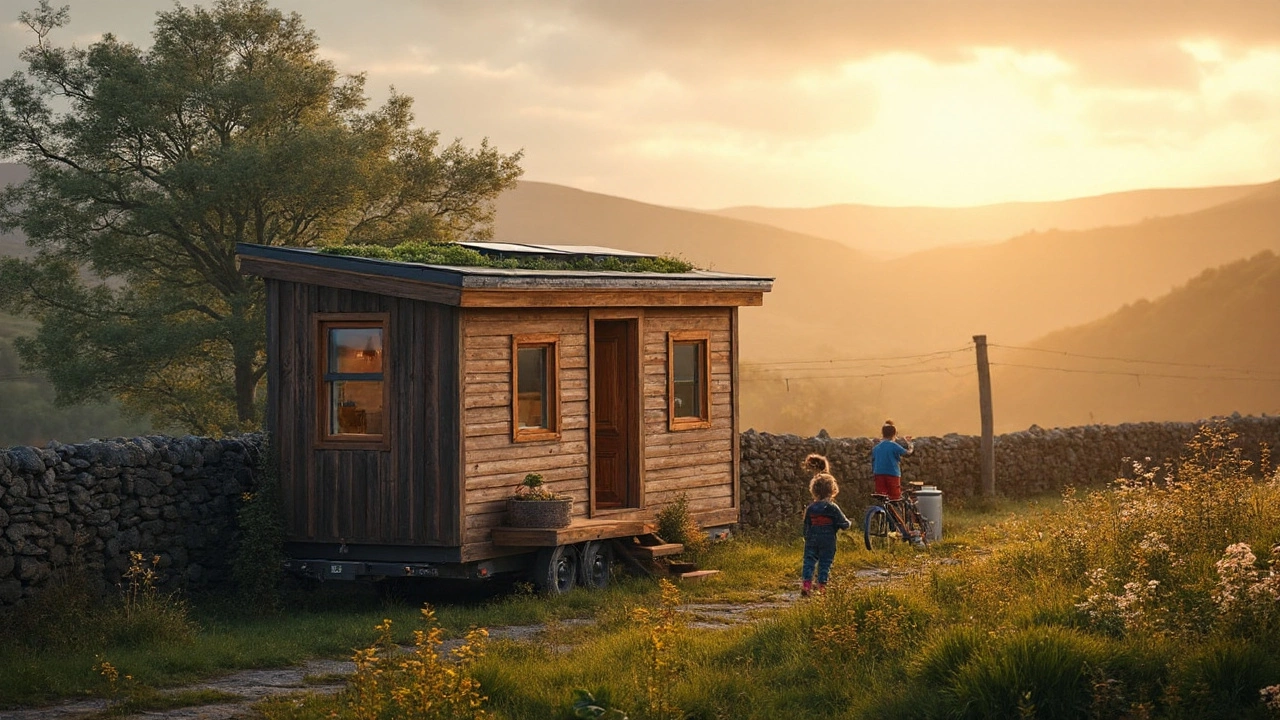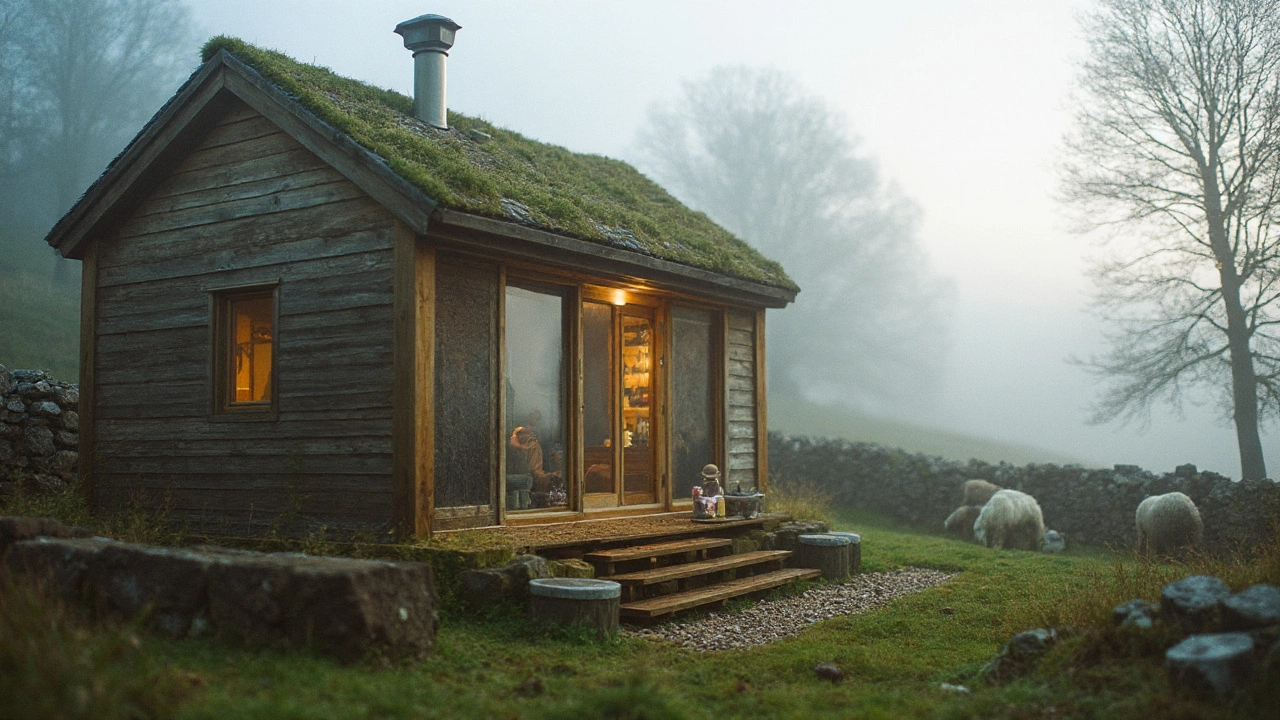Energy Efficiency Tiny House: Simple Ways to Cut Power Use
If you love tiny living but hate high energy bills, you’re in the right place. A tiny house doesn’t have to be a money‑draining monster. With a few smart choices you can keep the heater on in winter, the fan off in summer, and still enjoy a cosy space.
Insulation and Air Tightness
The first thing to check is how well your walls, roof and floor are insulated. In a small space, every degree counts. Spray‑foam or rigid board insulation works great because it fills gaps that batts miss. Don’t forget the floor – a layer of rigid foam under the floor joists stops cold from sinking into the room.
Next, seal the leaks. Drafty windows and doors waste more energy than a leaky pipe. Use weather‑stripping around the door frame and apply clear caulk to windows. Even the tiniest gap around a vent can let warm air escape, so cover vents with magnetic covers when they’re not in use.
Window choice matters too. Double‑pane windows with a low‑e coating keep heat inside during winter and reflect it out in summer. If replacing windows isn’t in the budget, add clear plastic film on the inside. It’s cheap, easy, and cuts heat loss by up to 30%.
Smart Appliances and Renewable Options
What you plug into the wall matters just as much as the walls themselves. Opt for ENERGY STAR appliances – they use less power and usually run quieter. A small fridge, a two‑burner induction hob, and a compact washing machine can meet most needs without sucking up the whole grid.
LED lighting is a no‑brainer. Swap every bulb for an LED and you’ll see the difference instantly. They’re brighter, last longer, and use a fraction of the electricity of old bulbs.
If you can, add a little renewable energy. A roof‑mounted solar panel kit can power lights, a fridge and a few gadgets. Even a single 100‑watt panel can offset the cost of running a fan or a charger. Pair it with a small lithium battery and you have backup power for cloudy days.
Don’t overlook smart thermostats. They learn your schedule and adjust heating or cooling automatically, so you never waste energy heating an empty house. Many models can be controlled from your phone, letting you turn the heat down before you get home.
Finally, be mindful of how you use what you have. Turn off lights when you leave a room, unplug chargers that aren’t in use, and use a kettle or microwave instead of a full‑size oven for small meals. Small habits add up fast in a tiny space.
Putting these tips together makes a big impact. Better insulation keeps the temperature steady, smart appliances cut the draw, and renewable energy gives you a safety net. Your tiny house can be both cozy and kind to the planet – and your wallet will thank you.
How Tiny Houses Are Eco‑Friendly: Energy, Materials, and Real Numbers (2025)
Tiny houses cut energy, materials, water, and waste. See the numbers, design steps, and checks that actually make a tiny home eco-friendly in 2025.
- Sep, 16 2025
- 0 Comments
How Tiny Houses Are Eco-Friendly: Real Benefits, Data, and Design Tips (2025)
Do tiny houses really help the planet? Get the data, trade-offs, and practical design moves that shrink energy, water, and materials-without shrinking your life.
- Sep, 13 2025
- 0 Comments

